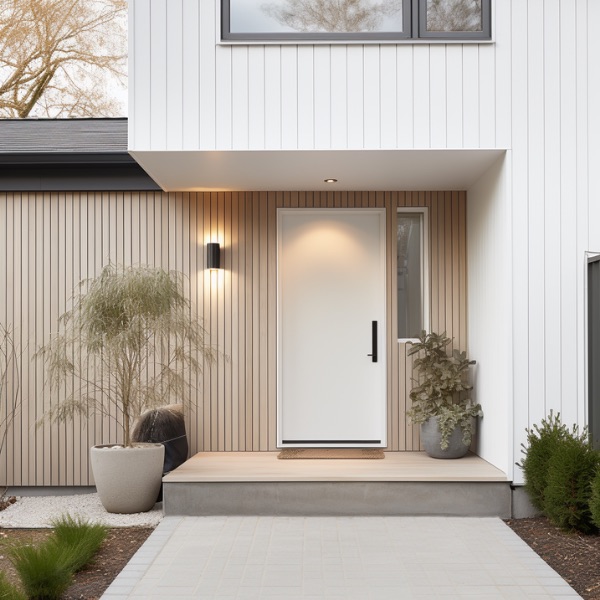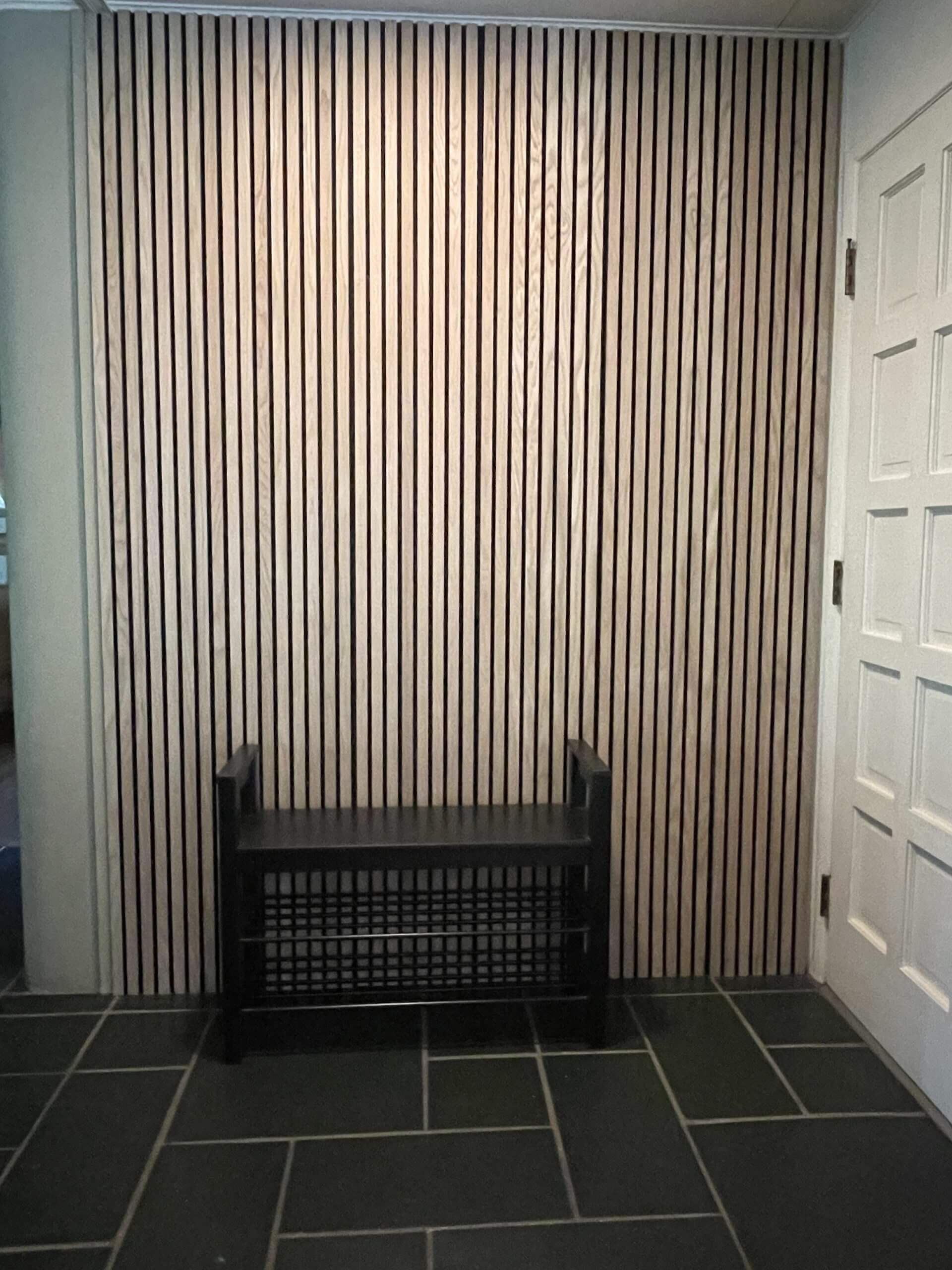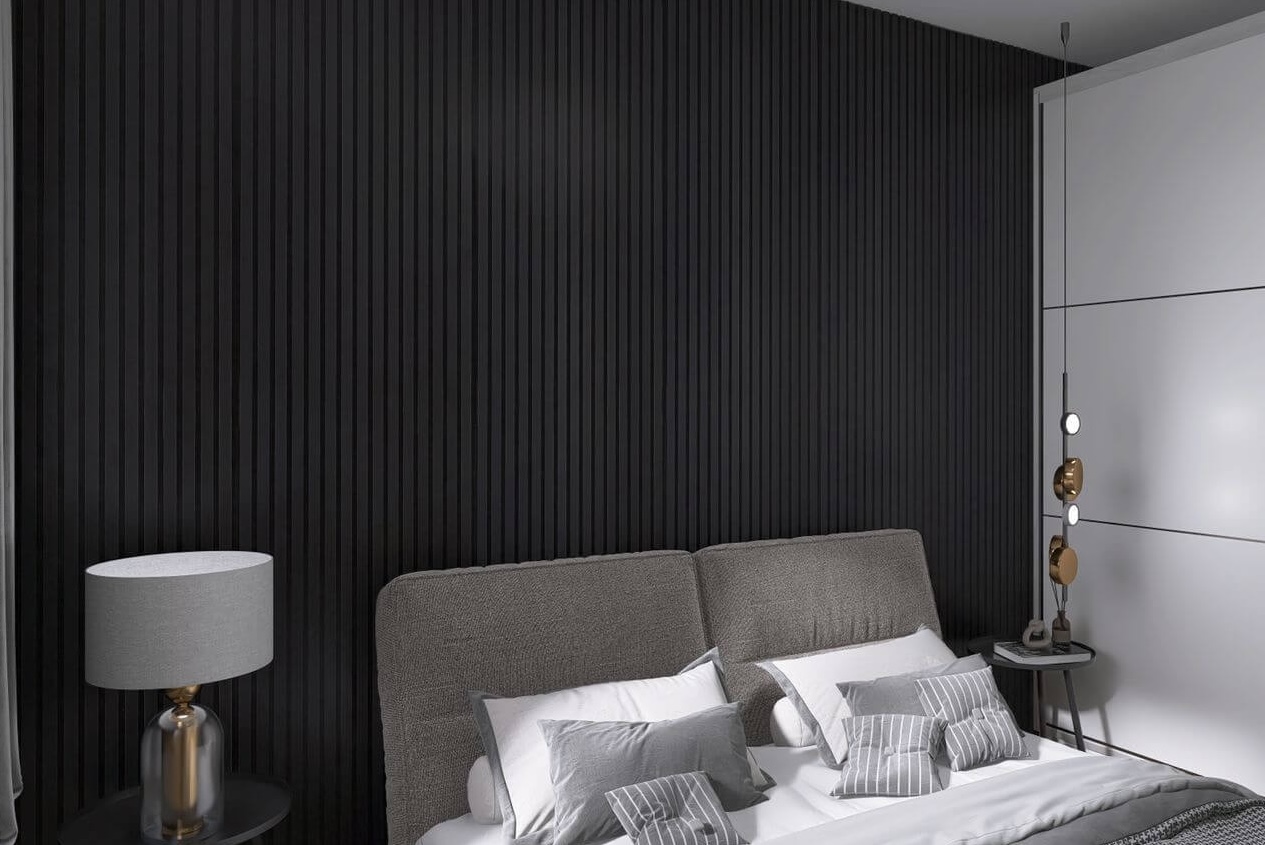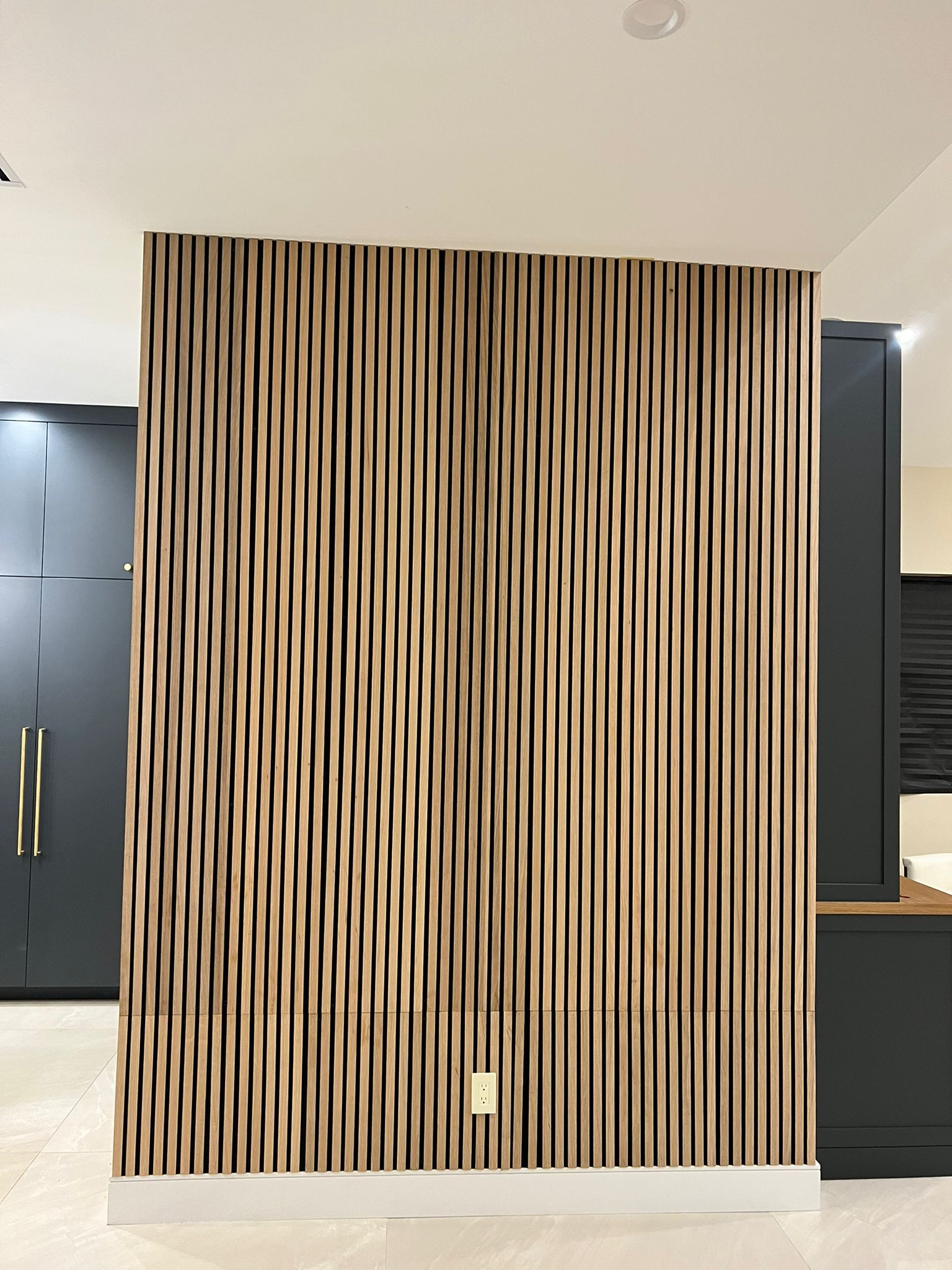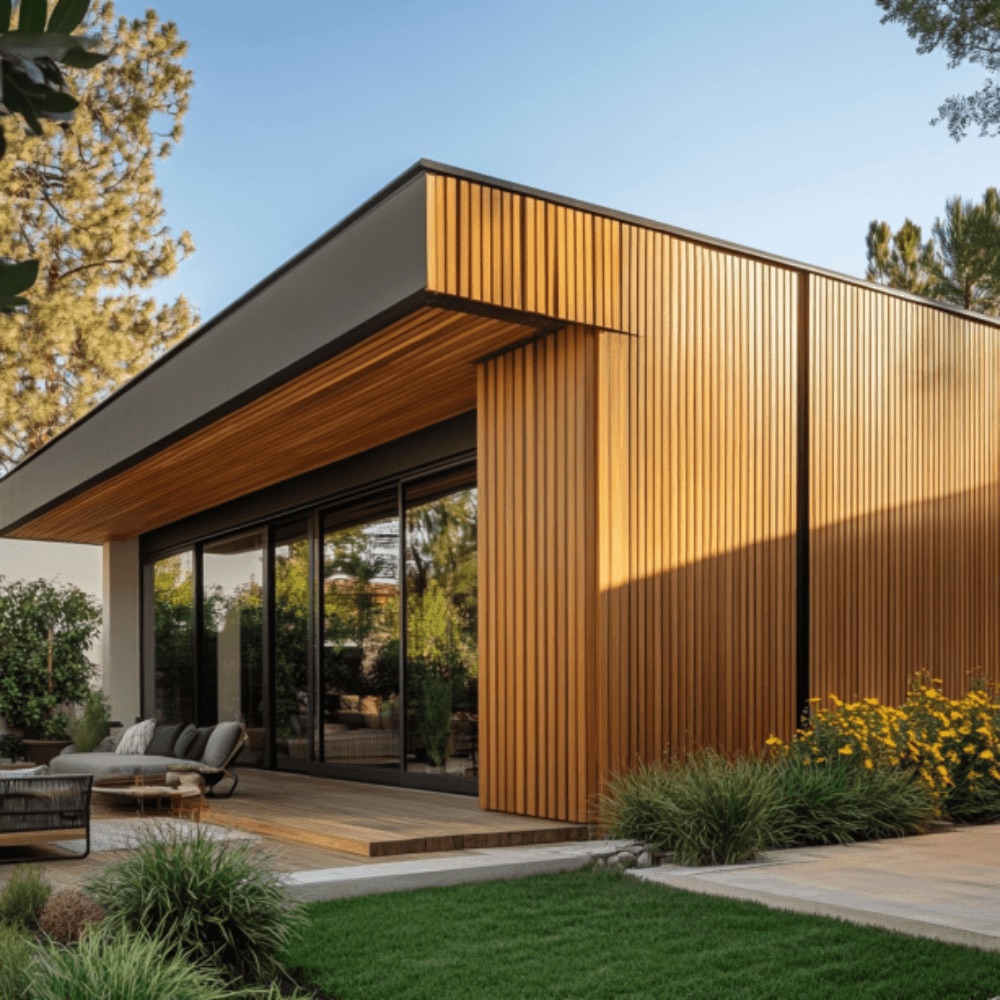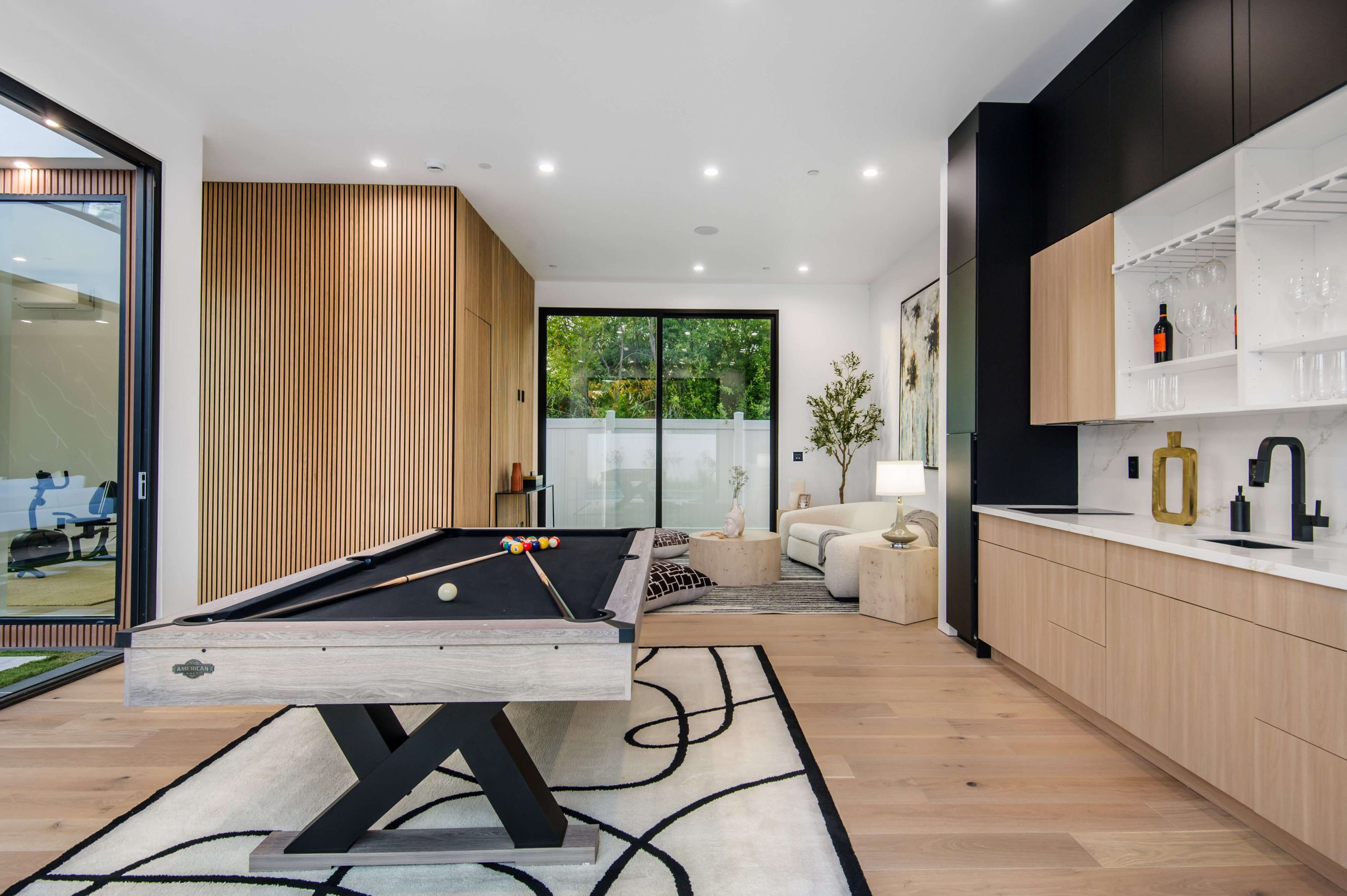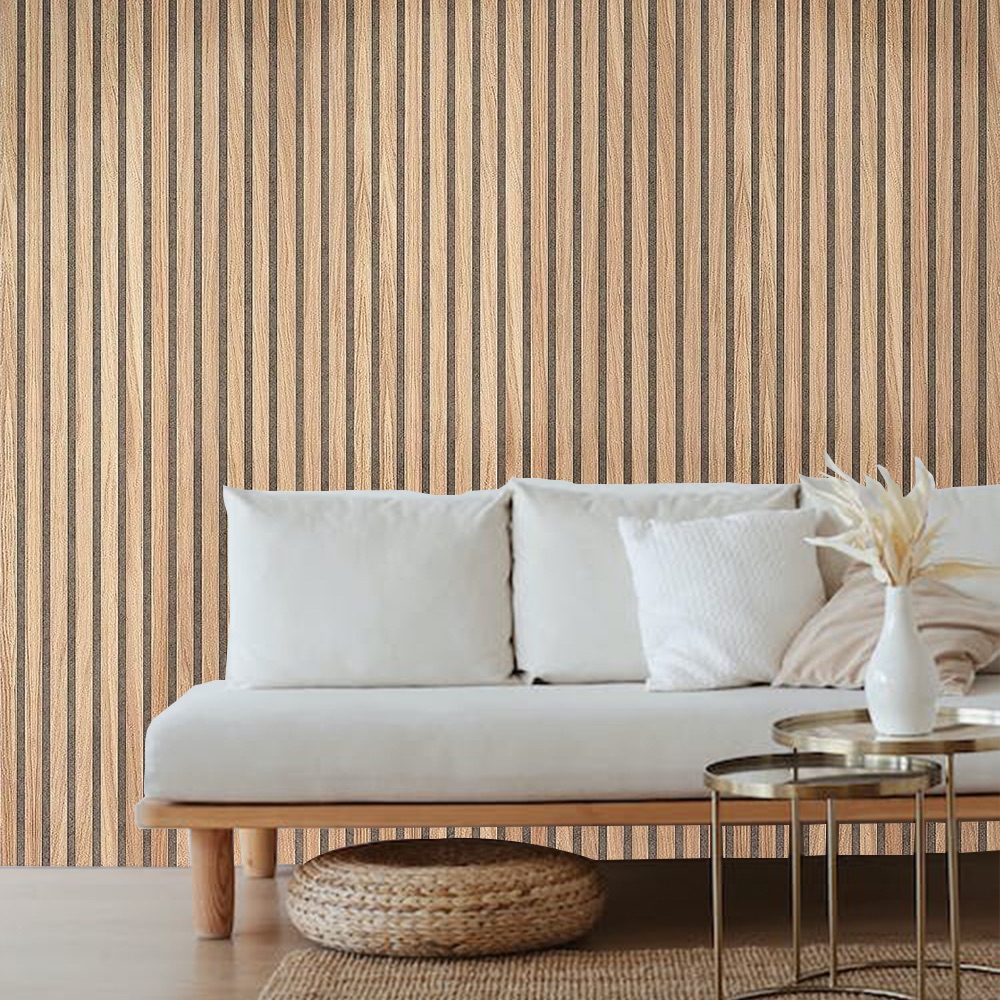Wall paneling has been a go-to choice for homeowners looking to add style, warmth, and functionality to their interiors. From traditional wood panels to modern, sleek designs, wall paneling offers a range of options to fit any style and need. In this guide, we’ll explore why wall paneling could be the perfect addition to your home, covering its benefits, types, and installation tips.
What is Wall Paneling?
Wall paneling refers to the process of covering a wall with wood, composite, or other material panels to achieve a specific aesthetic or functional purpose. It can instantly transform the look and feel of a room while also providing benefits like insulation, durability, and easy maintenance.
Why Choose Wall Paneling?
- Aesthetic Appeal: Wall paneling can dramatically change the appearance of any room, adding texture and character.
- Durability: High-quality wall panels are long-lasting and resistant to everyday wear and tear.
- Insulation: Wall panels can provide added insulation, helping to maintain a comfortable temperature in your home.
- Low Maintenance: Unlike painted walls, wall paneling is easy to clean, making it a practical choice for busy households.
Types of Wall Paneling
There are several types of wall paneling that can match different styles and needs. Let’s look at the most popular options:
1. Wood Wall Paneling
Wood wall paneling is the classic choice, offering a warm and natural feel to any space. It’s available in various finishes, such as oak, pine, and walnut, each bringing a unique character to your home.
Features of Wood Wall Paneling:
- Versatile: Complements both traditional and modern interiors.
- Natural Insulation: Helps keep rooms warmer during winter.
- Customizable: Can be painted, stained, or left natural.
2. MDF (Medium-Density Fiberboard) Paneling
MDF panels are made from wood fibers combined with resin, offering a cost-effective alternative to solid wood panels. They are ideal for homeowners looking for a smooth, paintable surface.
Features of MDF Paneling:
- Affordable: Cheaper than solid wood options.
- Smooth Surface: Perfect for painting and achieving a uniform look.
- Moisture-Resistant: Suitable for use in dry areas like living rooms and bedrooms.
3. PVC Wall Panels
PVC wall panels are lightweight and waterproof, making them an excellent choice for areas like bathrooms and kitchens. These panels are also easy to install, which makes them popular among DIY enthusiasts.
Features of PVC Wall Paneling:
- Waterproof: Ideal for moisture-prone areas.
- Easy to Install: Often comes with a tongue-and-groove system.
- Low Maintenance: Requires minimal cleaning effort.
Benefits of Installing Wall Paneling in Your Home
Installing wall paneling comes with multiple advantages that make it a smart choice for homeowners. Here’s a closer look at the benefits:
1. Adds Value to Your Home
Wall paneling can increase the value of your home by providing a high-end finish that buyers appreciate. It creates a polished look that stands out, making your home more attractive in the real estate market.
2. Enhances Acoustic Properties
Wood wall panels, in particular, help absorb sound, reducing noise levels within a room. This makes them a great choice for home theaters, living rooms, or bedrooms where a quiet environment is desired.
3. Easy to Clean and Maintain
Compared to painted walls, wall panels require much less upkeep. A simple wipe-down with a damp cloth is often all that’s needed to keep them looking fresh, making them ideal for families with children or pets.
4. Conceals Imperfections
Wall paneling can hide uneven walls, cracks, or unsightly wiring, providing a smooth, clean finish. This is especially useful in older homes where walls may not be perfectly straight.
How to Install Wall Paneling: A Step-by-Step Guide
If you’re considering adding wall paneling to your home, the installation process can be a fun and rewarding DIY project. Here’s a step-by-step guide to get you started:
- Measure the Wall: Measure the area you want to panel to determine how many panels you’ll need.
- Prepare the Wall: Clean the wall and remove any obstacles, such as light switches or outlets.
- Cut the Panels: Cut the panels to size using a saw, ensuring a precise fit.
- Apply Adhesive: Use panel adhesive or nails to secure the panels to the wall.
- Secure and Finish: Press each panel firmly into place and fill any gaps with caulk for a seamless look.
Comparison of Wall Paneling Types
| Type | Material | Cost | Best For | Key Benefit |
|---|---|---|---|---|
| Wood | Solid wood | High | Living rooms, bedrooms | Natural warmth and insulation |
| MDF | Wood fibers | Medium | Home offices, bedrooms | Smooth, paintable surface |
| PVC | Plastic | Low | Bathrooms, kitchens | Moisture resistance |
This table offers a quick comparison of the three main types of wall paneling, helping you choose the best option for your needs.
Example Chart – Wall Paneling Cost Breakdown
Below is a simple bar chart showing the average cost range for different types of wall paneling:
| Wall Paneling Type | Cost Range (Per Sq Ft) |
|---|---|
| Wood | $7 – $12 |
| MDF | $4 – $8 |
| PVC | $2 – $5 |
This chart illustrates the varying costs, helping you budget for your wall paneling project.
FAQs
1. What rooms are best suited for wall paneling?
Wall paneling can be used in any room, but it’s especially popular in living rooms, bedrooms, and dining areas. For moisture-prone areas like bathrooms, PVC panels are recommended due to their waterproof properties.
2. Is wall paneling easy to install?
Yes, many types of wall paneling, especially MDF and PVC, come with easy-to-install systems like tongue-and-groove. With basic tools and a little patience, many homeowners can install them as a DIY project.
3. Can I paint over wall panels?
Yes, most wall paneling types, such as MDF and wood, can be painted. This allows you to customize the look and match your home’s color scheme.
4. How do I clean wall panels?
Cleaning wall panels is simple. Use a soft cloth and a mild cleaning solution to wipe away dirt and dust. For tougher stains, a gentle scrub with a non-abrasive sponge should do the trick.
5. Does wall paneling help with insulation?
Yes, especially wood paneling, which has natural insulating properties. It can help keep your home warmer in the winter and cooler in the summer, potentially lowering energy costs.
Conclusion: Transform Your Home with Wall Paneling
Wall paneling is a versatile, stylish, and functional way to upgrade your home’s interior. With options ranging from classic wood to affordable MDF and waterproof PVC, there’s a paneling type to suit every need and budget. Whether you’re looking to add a touch of elegance or hide imperfections, wall paneling can be the perfect solution for any room.
By choosing the right wall paneling for your space, you can enjoy a beautiful, low-maintenance, and long-lasting addition to your home that not only looks great but also adds value. Explore the options and find the perfect wall paneling to transform your space today!

